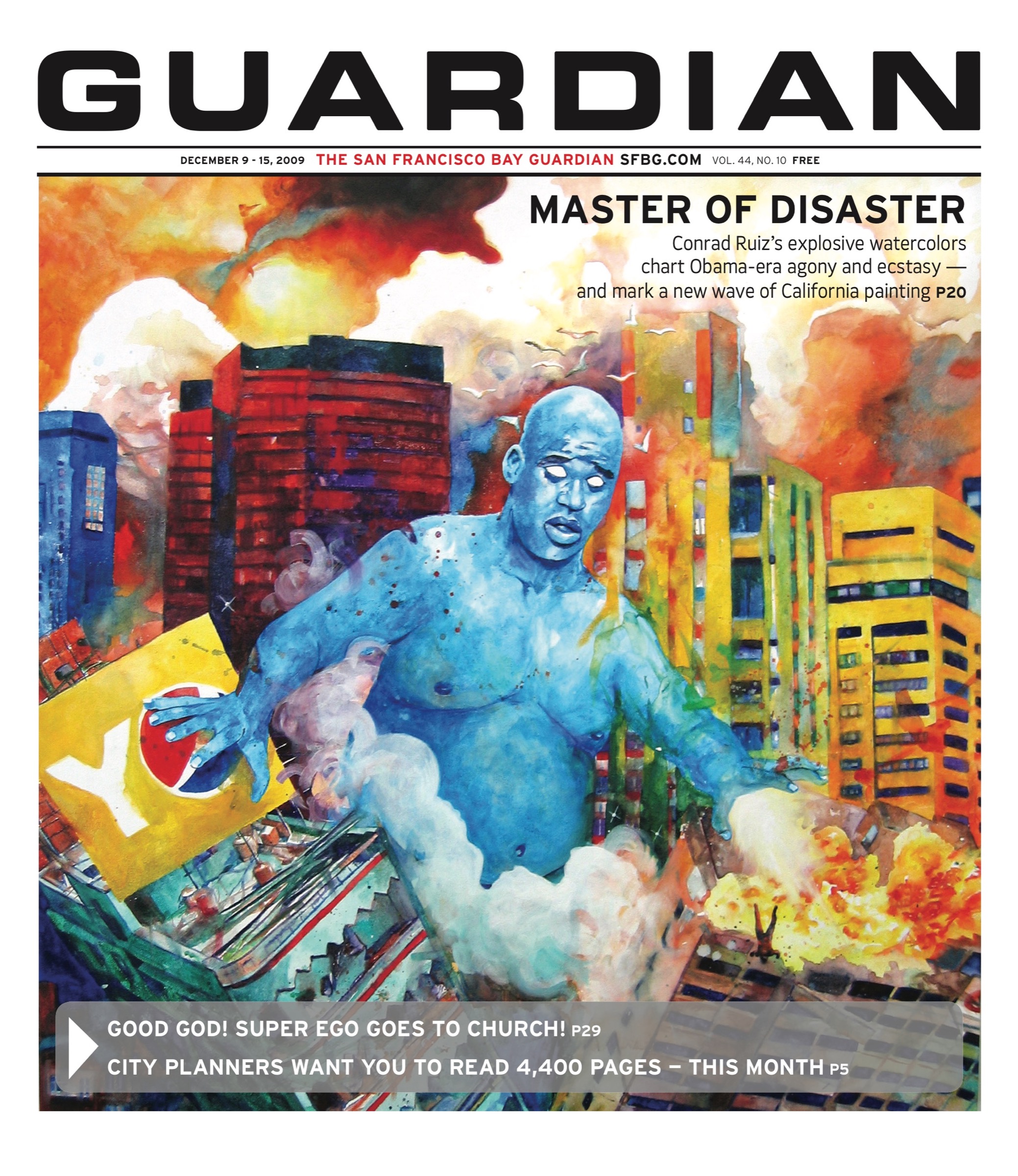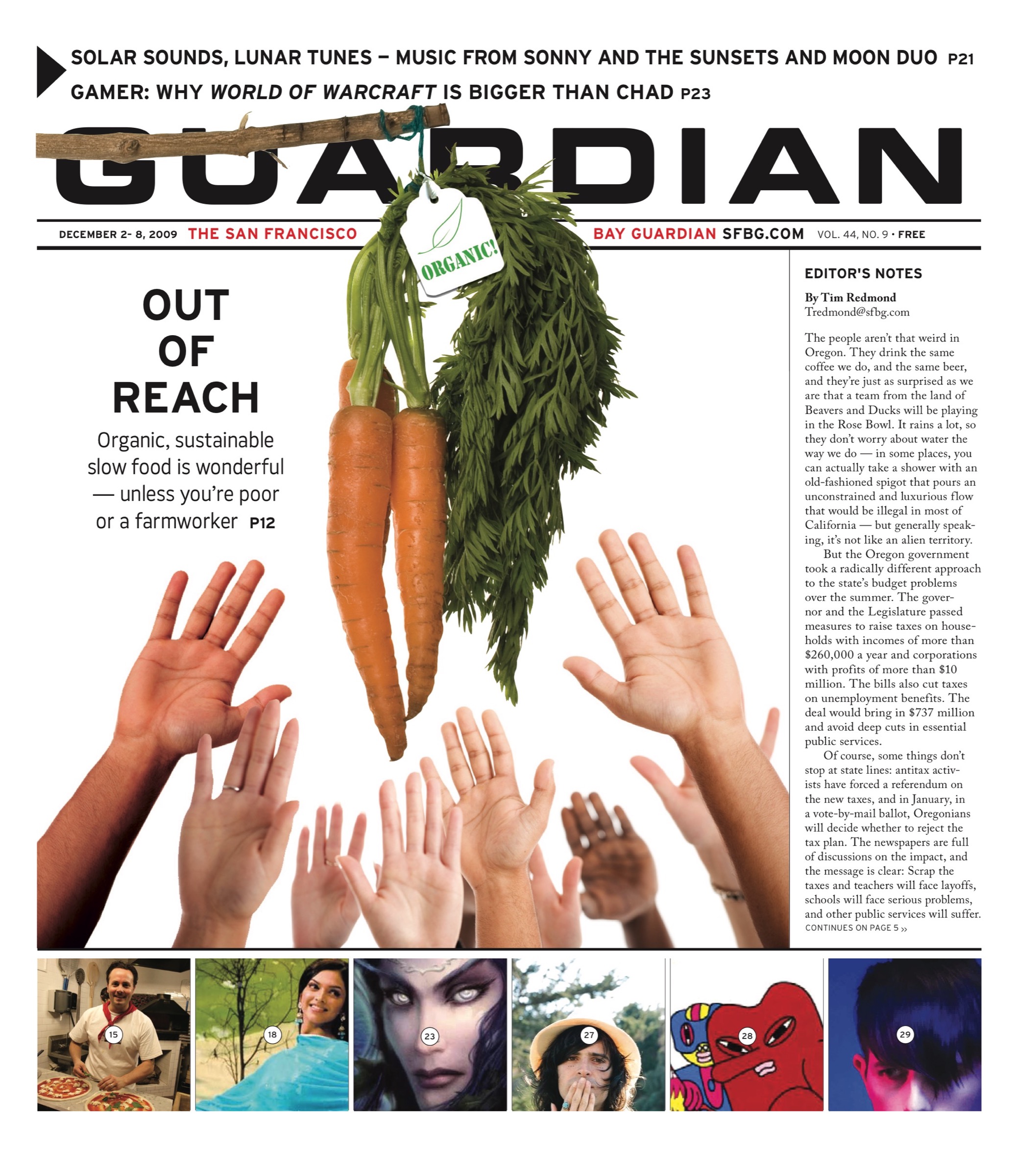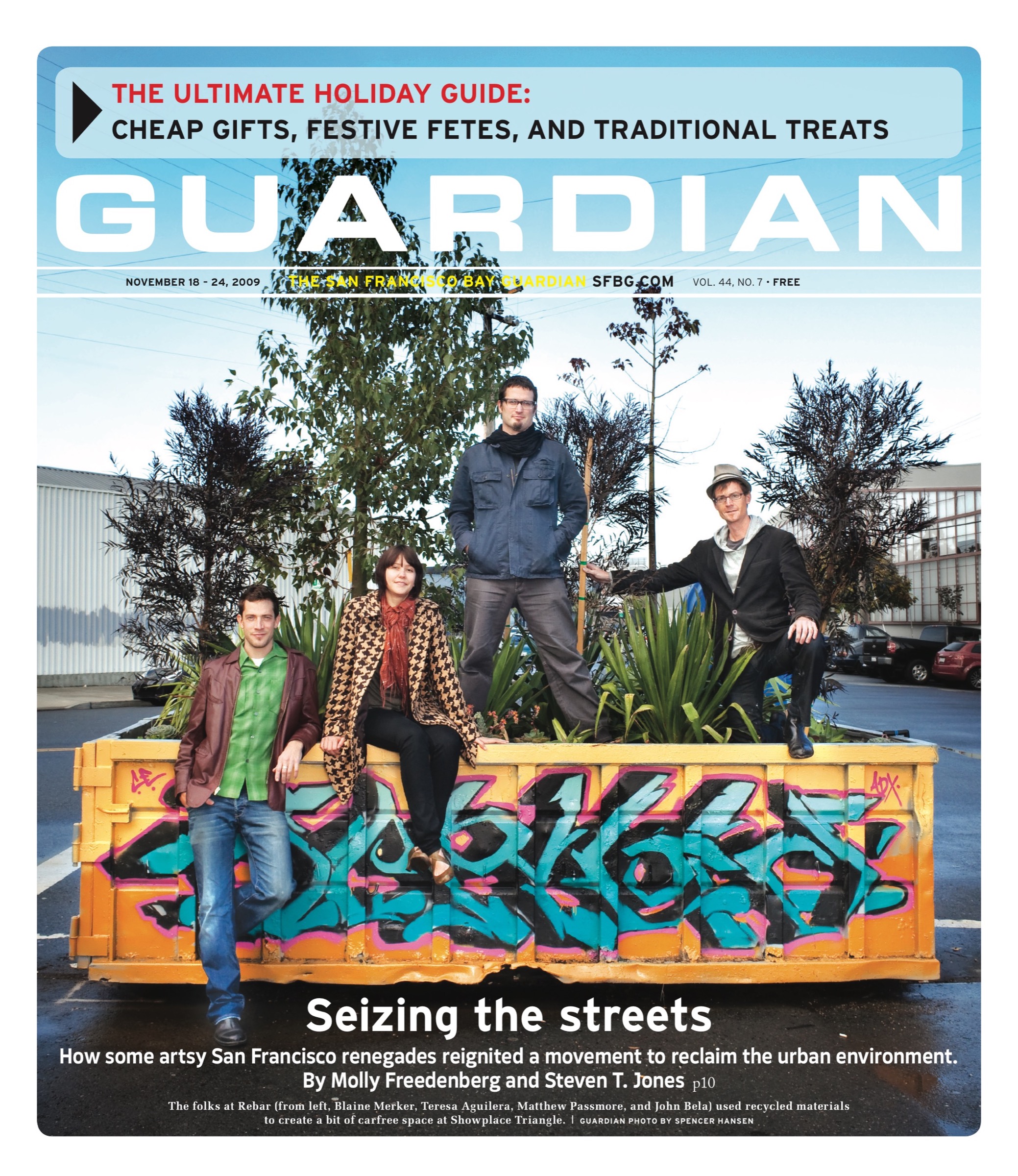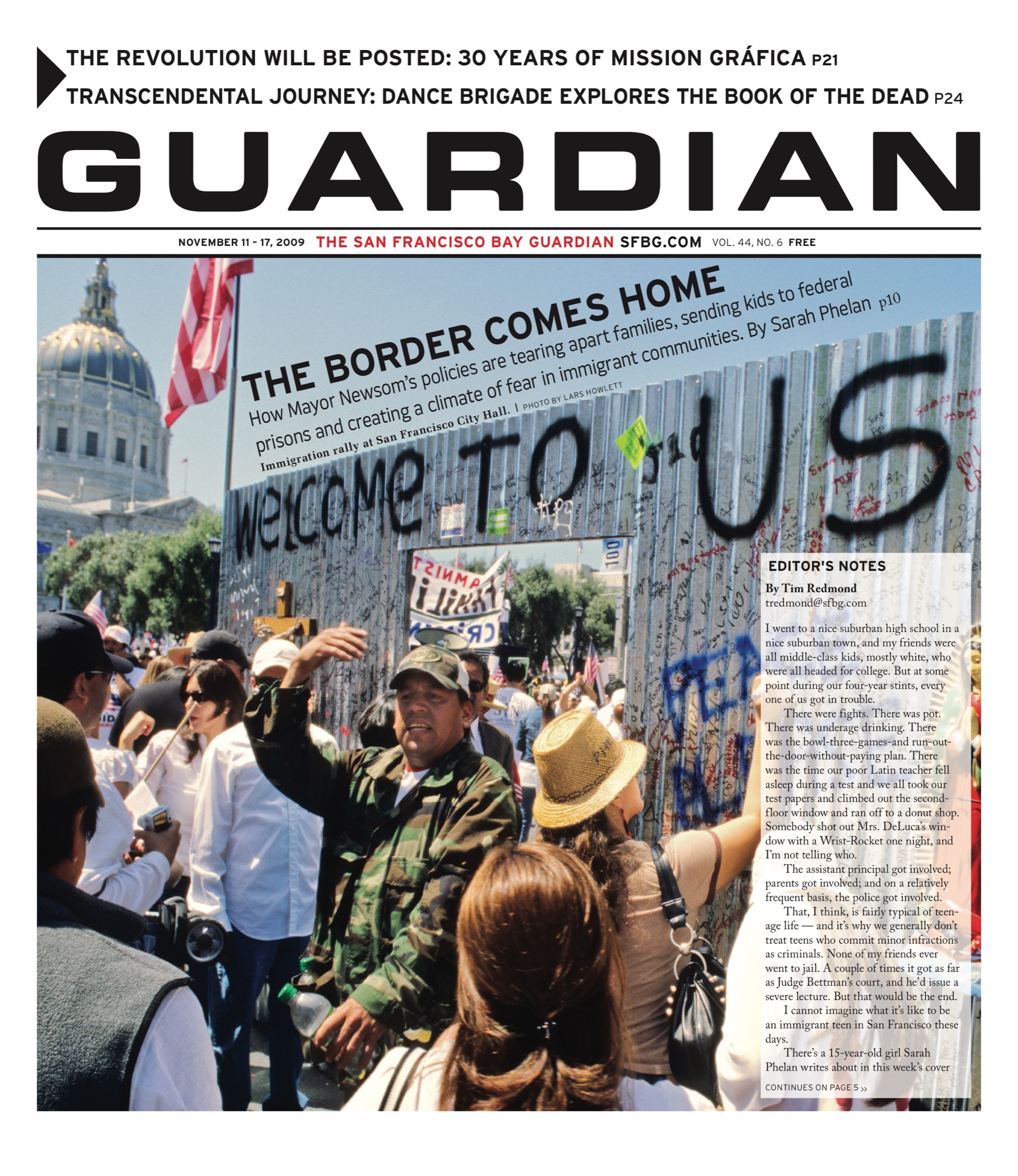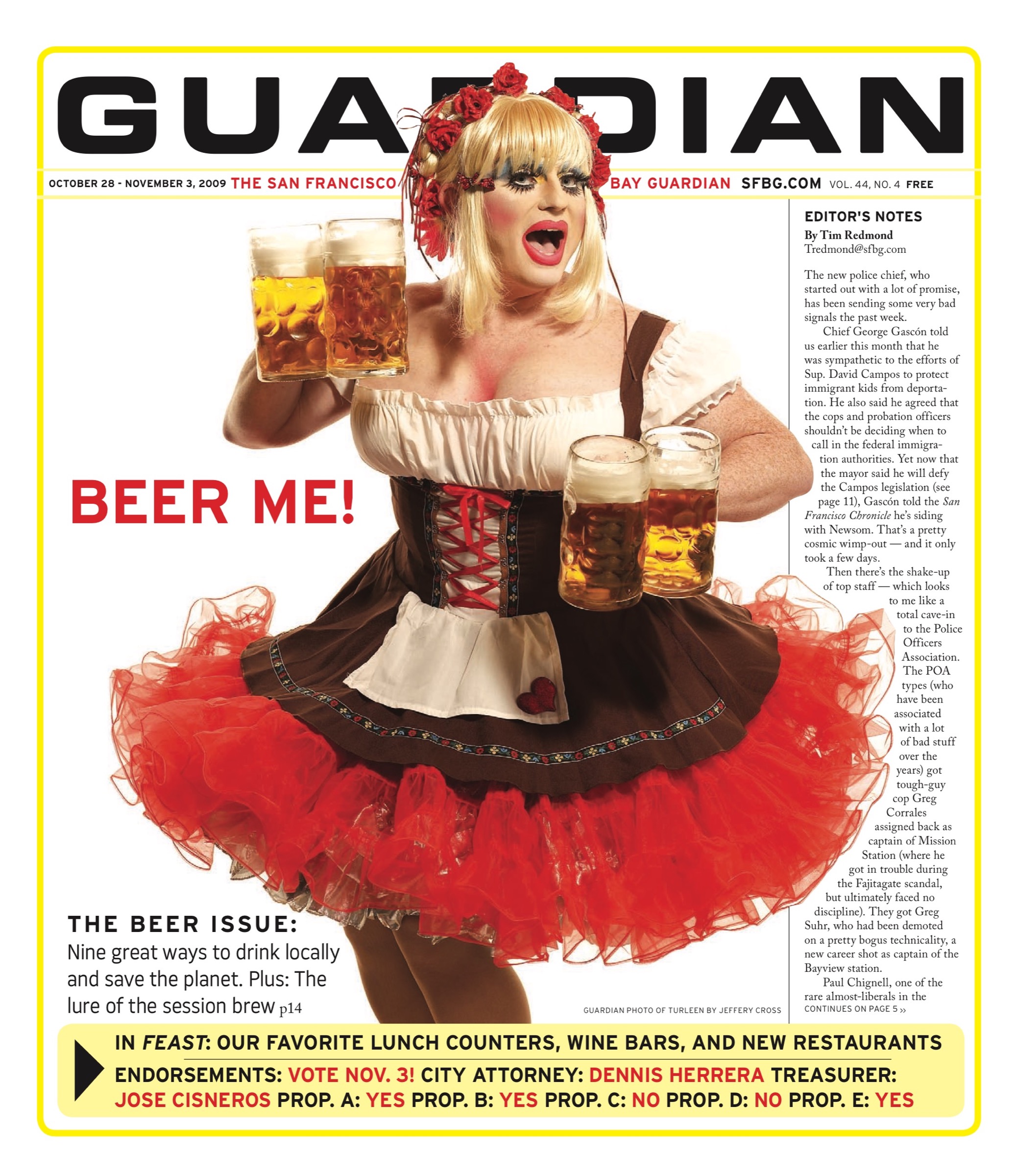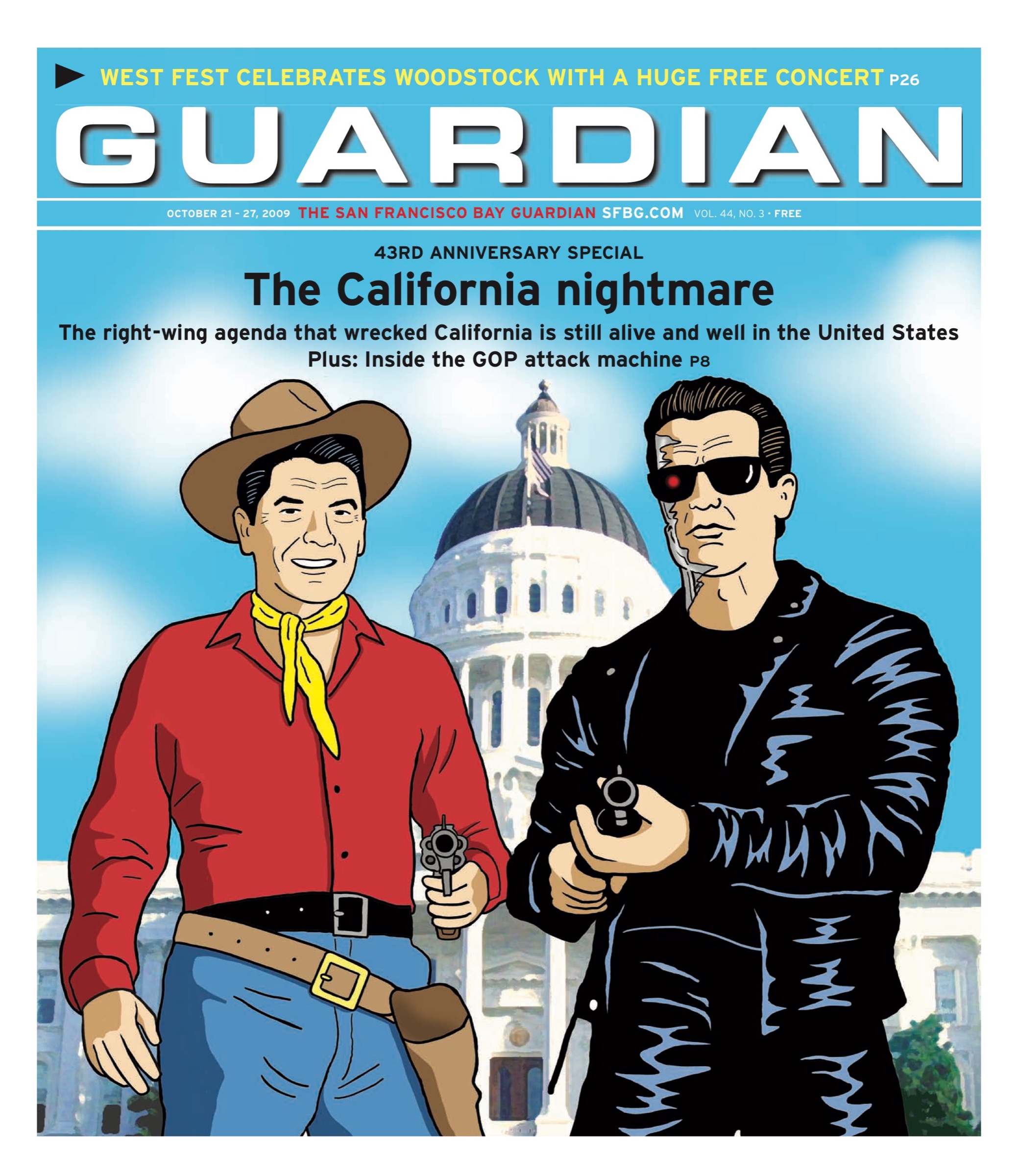arts@sfbg.com
FILM At the start of The Private Lives of Pippa Lee, its titular character is toasted as a perfect enigma-cum-hostess, "the very icon of an artist’s wife." She accepts this with public graciousness and private dismay. Because now, with two kids grown (but still whiny) and a famous publisher spouse retired yet self-absorbed as ever, the praise only underlines a sense that she’s always served others’ needs while never quite figuring out her own.
Ergo Rebecca Miller’s latest is that seldom-produced thing, the female midlife crisis movie. Miller is daughter to playwright Arthur Miller, a titan of Big Theme manly guilts. Writing and directing for another medium — one differently scaled from dad’s own twilight-of-the-gods project The Misfits (1961) — Rebecca unsurprisingly falls some yards from the tree. Her projects are indie-scaled, about troubled domestic minutae, with whimsical twists of fate that methodical realist Arthur would never have countenanced.
They’re all flawed. But Rebecca Miller has been consistently interesting since 1995’s striking Angela — first among many narratives from the viewpoint of a child struggling in the shadow of an overwhelming and/or unstable parent. In 2002, triptych Personal Velocity‘s best segment had Parker Posey cowed by her celebrity father. In 2005’s The Ballad of Jack and Rose, Miller’s husband Daniel Day-Lewis was a dying hippie so close to his teenage daughter she lacks social skills for anyone else.
In Private Lives, Pippa (Robin Wright Penn) has her own monstrous parental past, revealed in 1970s flashbacks with Maria Bello as a minister’s wife wired to explode on Dexedrine. Like many people hailing from chaos, Pippa has turned self-conscious model citizen. In drifting early adulthood, she glommed onto the first man who respected her mind — or did he just recognize a rudderless, much younger woman susceptible to flattery? Ever since she’s been ideal consort to Herb (Alan Arkin), as well as doting mother to their variably grateful children.
Three heart attacks have forced Herb to retire — more or less — and move to a Connecticut retirement-community condo located near friends Sam (Mike Binder) and Sandra (Winona Ryder). Actually, they’re Herb’s friends; it’s Pippa’s job to smilingly endure Sam’s overtures and provide Sandra a shoulder to cry on. Barely 40 in an old folks’ village, Pippa is starting to think her life a tad ridiculous. Such nagging but inchoate doubt is underlined by the return of a widow neighbor’s shaggy, somewhat surly son (Keanu Reeves) to Chez Mom after his latest failure at adulthood. Opposites attract, though it’s more complicated than that.
Miller’s cluttered canvas also makes room for teensy-to-major characters played by Shirley Knight, Blake Lively, Robin Weigert, Julianne Moore, and Monica Bellucci. As is her wont, she piles on both invigorating insights and a few too many whiplash narrative left turns.
But The Private Lives of Pippa Lee has charm and idiosyncrasy to spare. Wright Penn is a deft actress who’s spent too much time as cinema’s Agony Aunt — pall-bearer for so much worry, dismay, tears, and suffering from Forrest Gump (1994) to Hounddog (2007). Here, she’s immaculately poised yet leavened by the comingling of desire and comedy. She’s larky, witty, even goofy at times. It looks good on her.
THE PRIVATE LIVES OF PIPPA LEE opens Fri/11 in Bay Area theaters.

